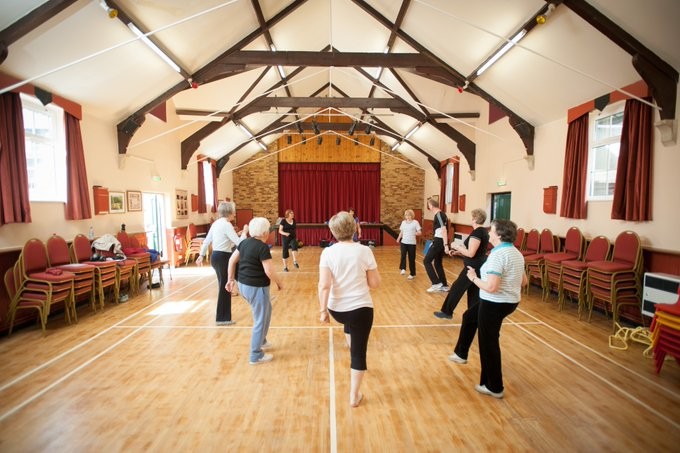Covid advice for village halls post Nov 2021
1st Dec 2021

From November 30th face coverings will be mandatory in shops, banks, Post Offices and hairdressers (subject to exemptions) and on public transport. Aside from this, the ACRE Briefing issued for village and community halls on 22nd September 2021 remains current. Read ACRE Briefing
While face coverings will not at present be required in hospitality or community settings the advice remains – as set out in the COVID Winter Plan A - that they should be worn in crowded and enclosed spaces where people come into contact with those they do not normally meet. Good hygiene practices, ie regular hand washing with sanitiser or soap and water, remain essential.
Results of Large Events Research Programme and ventilation
The results of research into 31 pilots this summer have been published. These fed into slight adjustments to the Government Guidance for Grassroots Sports issued in September, when the COVID Winter Plan was announced by Government. The large events covered included indoor and outdoor sports, indoor theatrical performances, a nightclub. They showed that risk of transmission increases with prolonged and repeated exposure to poor quality air, insufficient ventilation, reduced social distancing or limited compliance with face coverings.
The conclusions are nonetheless relevant to community venues and events:
A Risk Assessment should be tailored to each venue; mitigations should include adequate ventilation, face coverings and reducing crowding (as given in the ACRE Briefing of 22nd September).
In case any committees are concerned about whether ventilation of their own meeting rooms is sufficient the following footnote to the research may help. The “ventilation strategy” over winter might, for example, include opening more windows towards the end of aerosol-generating activities, creating air change before the next activity.
“For mitigation against COVID-19, indoor spaces recording CO2 values that regularly exceed 1500 ppm indicate poor ventilation and are considered a priority for improvement. CO2 values consistently lower than 800ppm in an occupied space indicate that the space is well-ventilated, thus spaces, where aerosol-generating activities occur (such as singing, aerobic activity or dancing), are encouraged to adopt a ventilation strategy capable of maintaining CO2 values at or below 800ppm.”